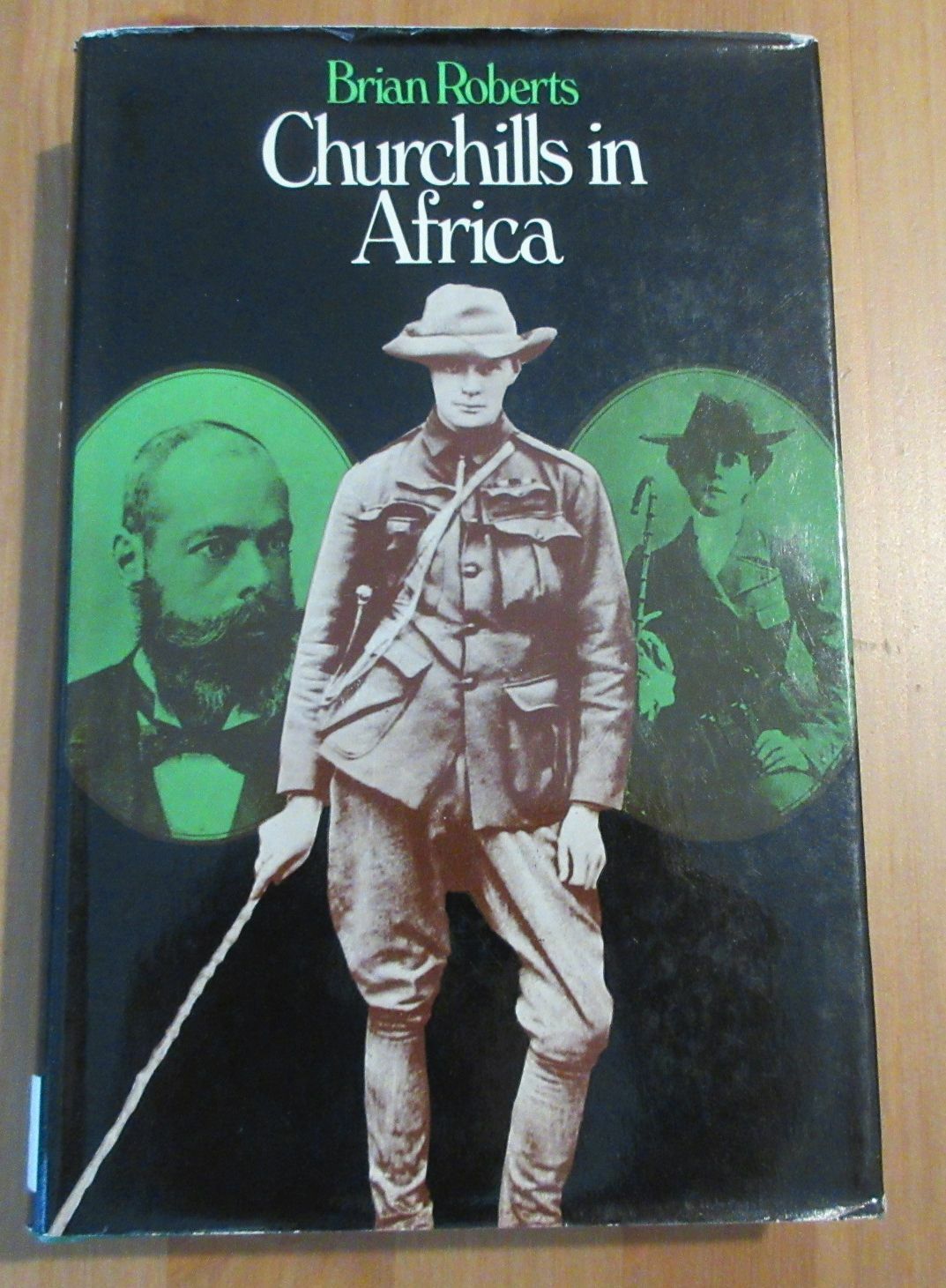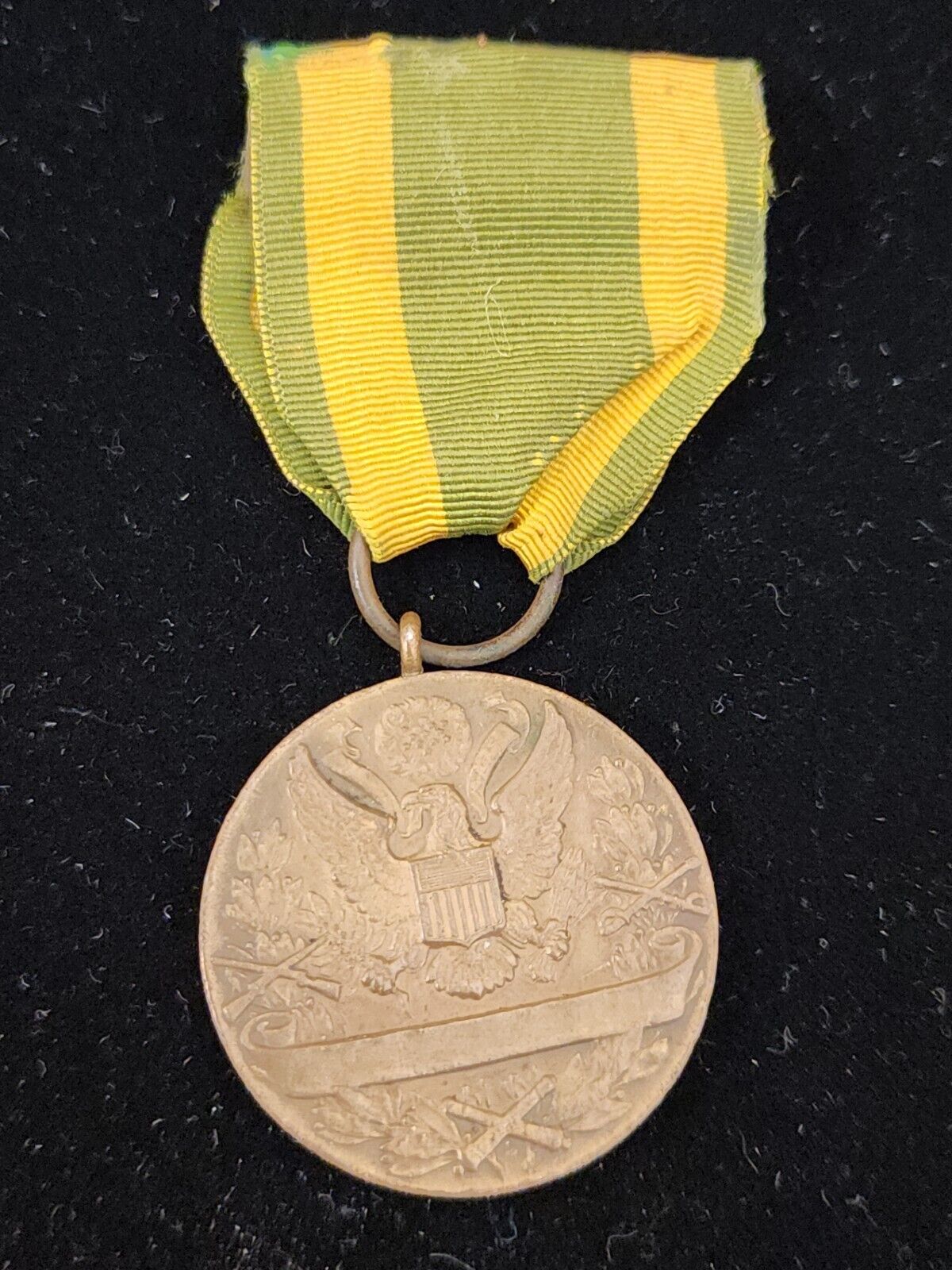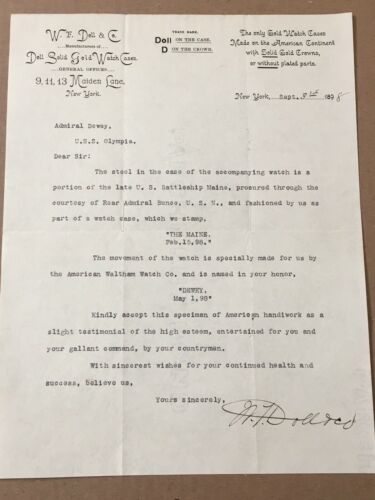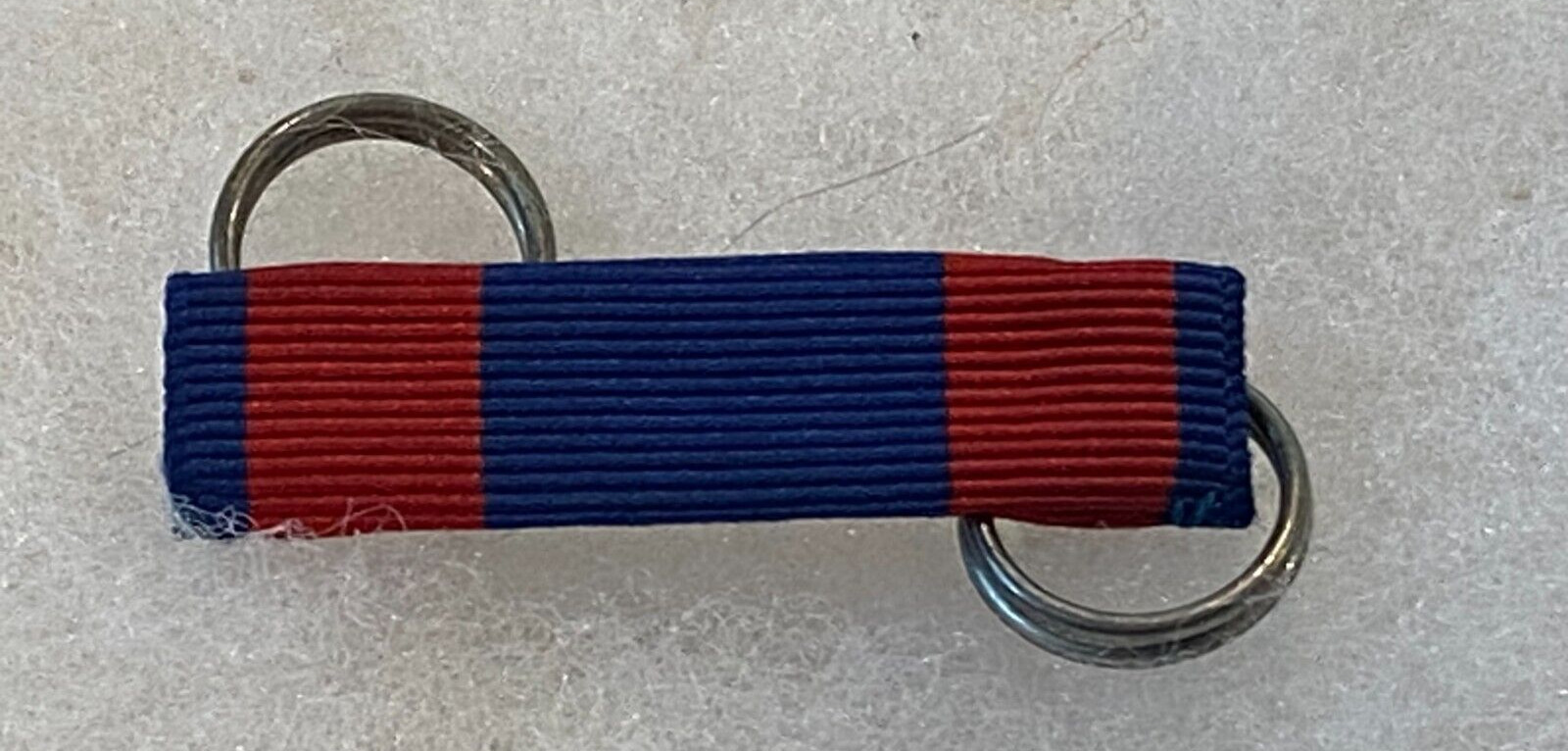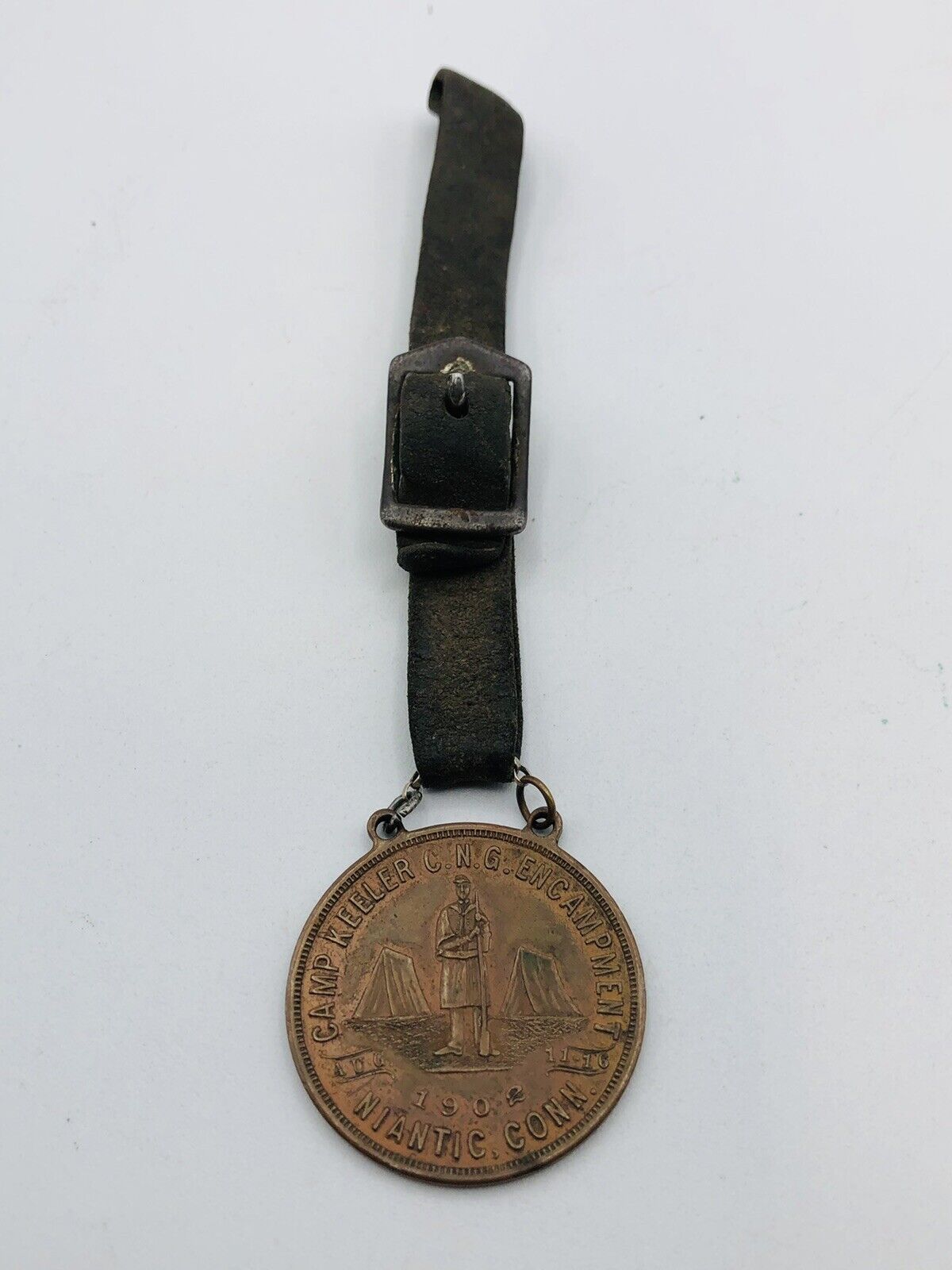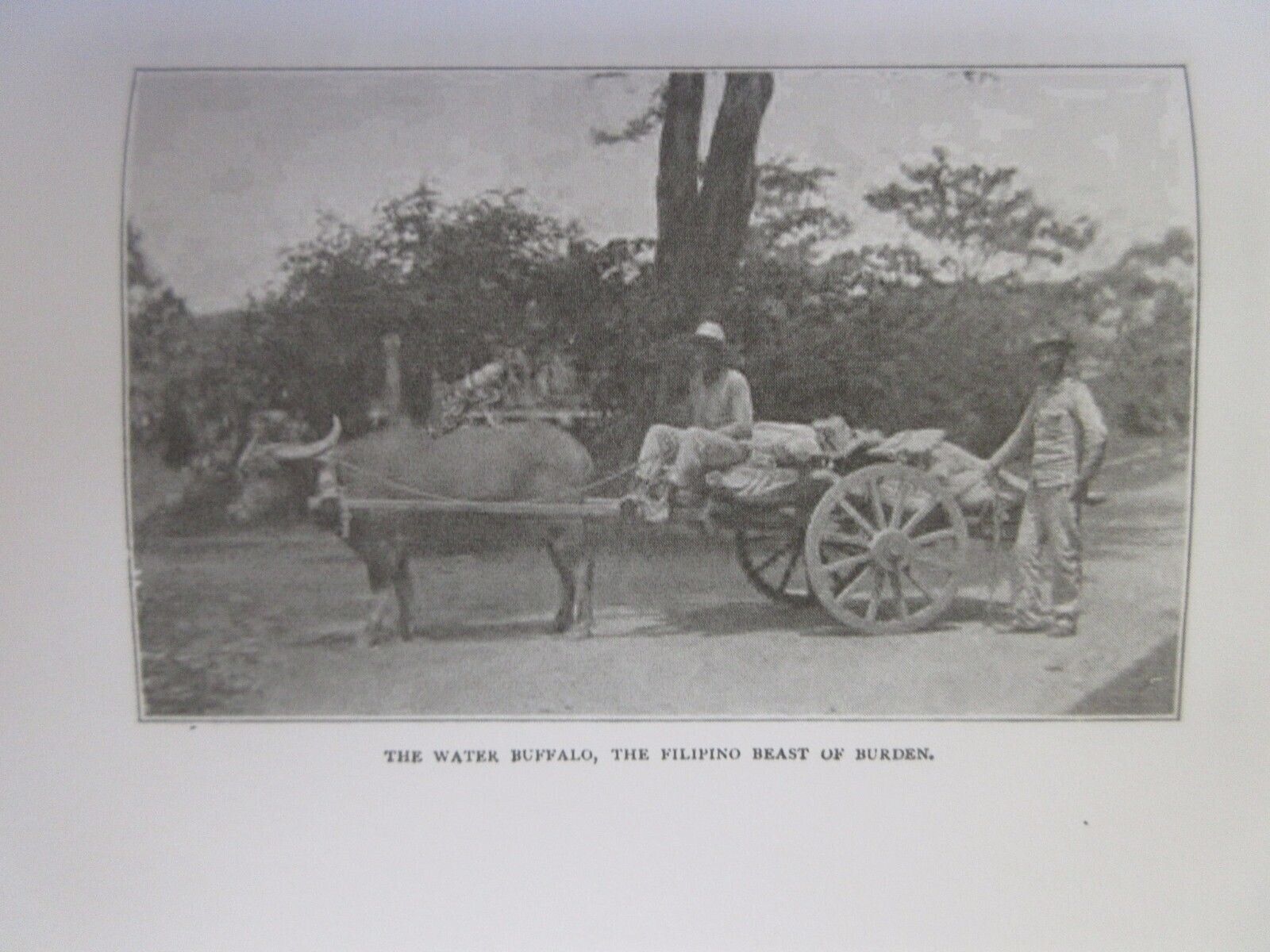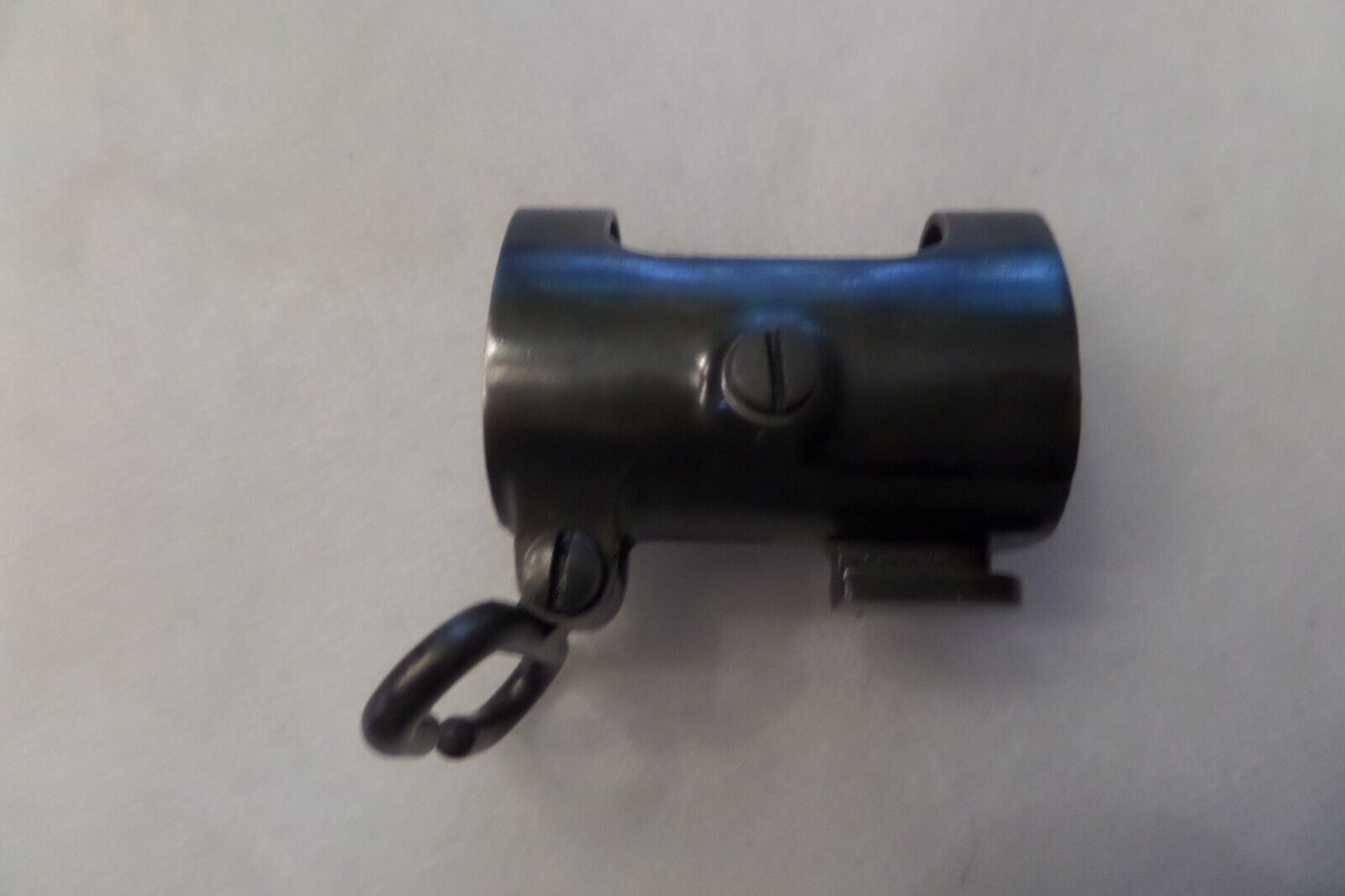-40%
CAPTAIN STANLEY HUNTLEY LEWIS - USMC - LEST WE FORGET - 1897
$ 7.91
- Description
- Size Guide
Description
CAPTAIN STANLEY HUNTLEY LEWIS - POET - AUTHOR - RAPID FIRE ARTIST - LECTURER & SPECIAL PUBLICITY REPRESENTATIVE U. S. MARINE CORPS. LEST WE FORGET - Captain Lewis is a member of Post 92, Veterans of Foreign Wars; Organizer of the " Lewis Expedition " of 1897 with Dynamite Johnny O'Brien, assisting the Cuban Army of Liberation under Gen. Maximo Gomez; Special writer for the Muunsey magazines, and author of " The Wrecking Crew " and " The Heart of Steve Cassidy " (the Railroad Magazine) also of "The Soldiers of the Sea ". " The Little People ", "Lest We Forget ", " The Legion of Death ", etc. Captain Lewis has placed his varied talents and services at the disposal of the government for the period of the war and is touring in connection with the recruiting photoplays. Printed 8-12-1943. Measures 3.25 x 4.5" AND OPENS TO 3.25 x 9"and in excellent condition.I am liquidating my 40 plus year collection of U. S. Marine Corps books, posters, ephemera etc. Some of the items are the only one I came across in over 40 years of collecting. Great opportunity to acquire some scarce and RARE USMC items pertaining to our Marines in France during World War 1 and other time. Will ship Worldwide and will combine shipping when practical.
Lore of the Corps
Starting in boot camp, all Marines study the actions of those who have served before them. The history of the Marine Corps is a rich tapestry weaving together the contributions of all Marines. Over the past two centuries, certain aspects of the Corps’ history have taken on an almost legendary status. Below are examples of some of the stories, terms, and traditions that have come to be known as the “Lore of the Corps.”
The
The Blood Stripe
Marine Corps tradition maintains that the red stripe worn on the trousers of officers and noncommissioned officers, and commonly known as the “blood stripe,” commemorates those Marines killed storming the castle of Chapultepec in 1847. Although this belief is firmly embedded in the traditions of the Corps, it has no basis in fact. The use of stripes clearly predates the Mexican War.
In 1834, uniform regulations were changed to comply with President Andrew Jackson’s wishes that Marine uniforms return to the green and white worn during the Revolutionary War. The wearing of stripes on the trousers began in 1837, following the Army practice of wearing stripes the same color as uniform jacket facings. Colonel Commandant Archibald Henderson ordered those stripes to be buff white. Two years later, when President Jackson left office, Colonel Henderson returned the uniform to dark blue coats faced red. In keeping with earlier regulations, stripes became dark blue edged in red. In 1849, the stripes were changed to a solid red. Ten years later uniform regulations prescribed a scarlet cord inserted into the outer seams for noncommissioned officers and musicians and a scarlet welt for officers. Finally, in 1904, the simple scarlet stripe seen today was adopted.
"Leatherneck"
In 1776, the Naval Committee of the Second Continental Congress prescribed new uniform regulations. Marine uniforms were to consist of green coats with buff white facings, buff breeches and black gaiters. Also mandated was a leather stock to be worn by officers and enlisted men alike. This leather collar served to protect the neck against cutlass slashes and to hold the head erect in proper military bearing. Sailors serving aboard ship with Marines came to call them “leathernecks.”
Use of the leather stock was retained until after the Civil War when it was replaced by a strip of black glazed leather attached to the inside front of the dress uniform collar. The last vestiges of the leather stock can be seen in today’s modern dress uniform, which features a stiff cloth tab behind the front of the collar.
The term “leatherneck” transcended the actual use of the leather stock and became a common nickname for United States Marines. Other nicknames include “soldiers of the sea,” “devil dogs,” and the slightly pejorative “gyrene,” (a term which was applied to the British Royal Marines in 1894 and to the U.S. Marines by 1911), and “jarhead.”
Semper Fidelis
"Semper Fidelis"
The Marine Corps adopted the motto “Semper Fidelis” in 1883. Prior to that date three mottoes, all traditional rather than official, were used. The first of these, antedating the War of 1812, was “Fortitudine.” The Latin phrase for “with courage,” it was emblazoned on the brass shako plates worn by Marines during the Federal period. The second motto was “By Sea and by Land,” taken from the British Royal Marines “Per Mare, Per Terram.” Until 1848, the third motto was “To the shores of Tripoli.” Inscribed on the Marine Corps colors, this commemorated Presley O’Bannon’s capture of the city of Derna in 1805. In 1848, this was revised to “From the halls of the Montezuma to the shores of Tripoli.”
“Semper Fidelis” signifies the dedication that individual Marines have to “Corps and country,” and to their fellow Marines. It is a way of life. Said one former Marine, “It is not negotiable. It is not relative, but absolute…Marines pride themselves on their mission and steadfast dedication to accomplish it.”
"Devil Dogs"
Picture
According to Marine Corps tradition, German soldiers facing the Marines at Belleau Wood called them teufelhunden. These were the devil dogs of Bavarian folklore - vicious, ferocious, and tenacious. Shortly thereafter, a Marine recruiting poster depicted a dachshund, wearing an Iron Cross and a spiked helmet, fleeing an English bulldog wearing the eagle, globe and anchor.
A tradition was born. Although an “unofficial mascot,” the first bulldog to “serve” in the United States Marine Corps was King Bulwark. Renamed Jiggs, he was enlisted on 14 October 1922 for the “term of life.” Enlistment papers were signed by Brigadier General Smedley D. Butler. Although he began his career as a private, Jiggs was quickly promoted to the rank of sergeant major. His death at the age of four was mourned throughout the Corps. His body lay in a satin-lined casket in a hangar on Marine Corps Base Quantico until he was buried with military honors.
Other bulldogs followed in the tradition of Jiggs. From the 1930s through the early 1950s, the name of the bulldogs was changed to Smedley as a tribute to Major General Butler. In the late 1950s, the Marine Barracks in Washington became the new home for the Marine Corps’ bulldog. Chesty, named in honor of the legendary Lieutenant General Lewis B. “Chesty” Puller, Jr, made his first public appearance on 5 July 1957.
Today the tradition continues. The bulldog, tough, muscular and fearless, has come to epitomize the fighting spirit of the United States Marine Corps.
8th and I
Picture
A notice posted in the Washington newspaper National Intelligence on 3 April 1801 offered “a premium of 100 dollars” for the “best plan of barracks for the Marines sufficient to hold 500 men, with their officers and a house for the Commandant.” The site for the barracks, near the Washington Navy Yard and within marching distance of the Capitol, was chosen by President Thomas Jefferson, who rode through Washington with Lieutenant Commandant William W. Burrows.
The competition was won by George Hadfield, who laid out the barracks and the house in a quadrangle. The barracks were established in 1801, the house, home of the Commandant of the Marine Corps, was completed in 1806. It is the oldest public building in continuous use in the nation’s capital.
Marine Corps traditions holds that when Washington was burned by the British during the War of 1812, both the Commandant’s House and the barracks were spared out of respect for the bravery shown by Marines during the Battle for Bladensburg.
Today, 8th and I is home to one of the most dramatic military celebrations in the world -- The Evening Parade. Held every Friday evening from May through August, the Evening Parade features “The President’s Own” United States Marine Band, “The Commandant’s Own” The United States Marine Drum and Bugle Corps, and the Marine Corps Silent Drill Platoon. It has become a lasting symbol of the professionalism, discipline, and esprit de Corps of the United States Marines, a celebration of the pride taken in a history that spans more than 230 years.
The Eagle, Globe and Anchor
Eagle, Globe and Anchoe
The origins of the eagle, globe, and anchor insignia worn by Marines can be traced to those ornaments worn by early Continental Marines as well as to the British Royal Marines.
In 1776, Marines wore a device depicting a fouled anchor. Changes were made to that device in 1798, 1821, and 1824. An eagle was added in 1834. The current insignia dates to 1868 when Brigadier General Commandant Jacob Zeilin convened a board “to decide and report upon the various devices of cap ornaments of the Marine Corps.” A new insignia was recommended and approved by the Commandant. On 19 November 1868, the new insignia was accepted by the Secretary of the Navy.
The new emblem featured a globe showing the western hemisphere intersected by a fouled anchor and surmounted by an eagle. Atop the device, a ribbon was inscribed with the Latin motto “Semper Fidelis.” The globe signified the service of the United States Marines throughout the world. The anchor was indicative of the amphibious nature of the Marine Corps. The eagle, symbolizing a proud nation, was not the American bald eagle, but rather a crested eagle, a species found throughout the world.
On 22 June 1954, President Dwight D. Eisenhower signed an Executive Order which approved the design of an official seal for the United States Marine Corps. Designed at the request of General Lemuel C. Shepherd, Jr., Commandant of the Marine Corps, the seal replaced the crested eagle with the American bald eagle, its wings proudly displayed. With the approval of this seal by the President of the United States in 1955, the emblem centered on the seal was adopted as the official Marine Corps emblem.
The eagle, globe, and anchor insignia is a testament to the training of the individual Marine, to the history and traditions of the Marine Corps, and to the values upheld by the Corps. It represents “those intangible possessions that cannot be issued: pride, honor, integrity, and being able to carry on the traditions for generations of warriors past.” Said retired Sergeant Major David W. Sommers, “the emblem of the Corps is the common thread that binds all Marines together, officer and enlisted, past and present…The eagle, globe and anchor tells the world who we are, what we stand for, and what we are capable of, in a single glance.”
The Marine Hymn
Following the Barbary Wars of 1805, the Colors of the Corps were inscribed with the words “to the shores of Tripoli.” After the capture and occupation of Mexico City in 1847, the Colors were changed to read “from the shores of Tripoli to the Halls of Montezuma.” These events in Marine Corps history are the origin of the opening words of the Marines’ Hymn.
Tradition holds that the words to the Marines’ Hymn were written by a Marine serving in Mexico. In truth, the author of the words remains unknown. Colonel Albert S. McLemore and Walter F. Smith, Assistant Band Director during the John Philip Sousa era, sought to trace the melody to its origins. It was reported to Colonel McLemore that by 1878 the tune was very popular in Paris, originally appearing as an aria in the Jacques Offenbach opera Genevieve de Brabant. John Philips Sousa later confirmed this belief in a letter to Major Harold Wirgman, USMC, stating “The melody of the ‘Halls of Montezuma’ is taken from Offenbach’s comic opera...”
Its origins notwithstanding, the hymn saw widespread use by the mid-1800s. Copyright ownership of the hymn was given to the Marine Corps per certificate of registration dated 19 August 1891. In 1929, it became the official hymn of the United States Marine Corps with the verses shown on the right.
On 21 November 1942, the Commandant of the Marine Corps authorized an official change in the first verse, fourth line, to reflect the changing mission of the Marine Corps. The new line read "in the air, on land and sea." That change was originally proposed by Gunnery Sergeant H.L. Tallman, an aviator and veteran of World War I.
Shortly after World War II, Marines began to stand at attention during the playing of The Marines’ Hymn, Today that tradition continues today to honor all those who have earned the title "United States Marine."
00:0000:00
The Marines' Hymn
From the Halls of Montezuma
to the Shores of Tripoli,
We fight our country’s battles
On the land as on the sea.
First to fight for right and freedom,
And to keep our honor clean,
We are proud to claim the title
of United States Marine.
"Our flag’s unfurl’d to every breeze
From dawn to setting sun;
We have fought in every clime and place
Where we could take a gun.
In the snow of far-off northern lands
And in sunny tropic scenes,
You will find us always on the job
The United States Marines.
"Here’s health to you and to our Corps
Which we are proud to serve;
In many a strife we’ve fought for life
And never lost our nerve.
If the Army and the Navy
Ever look on Heaven’s scenes,
They will find the streets are guarded
By United States Marines."



